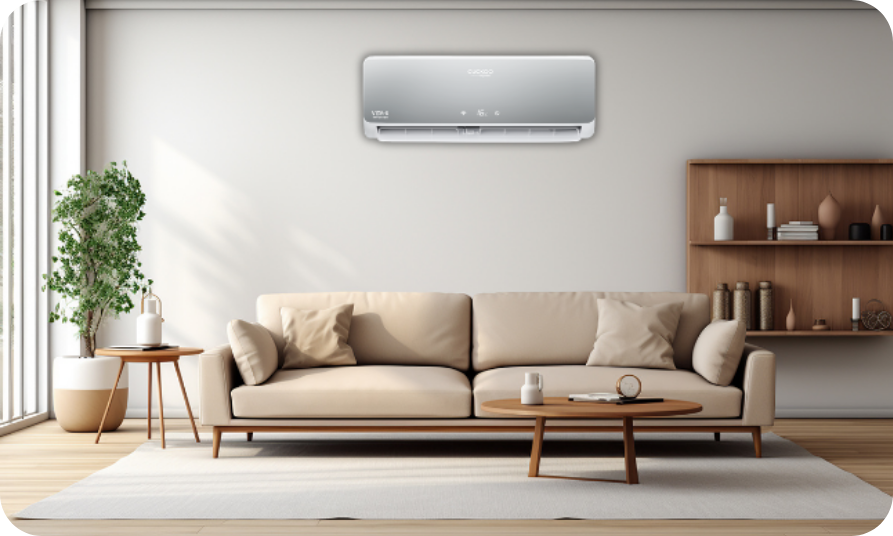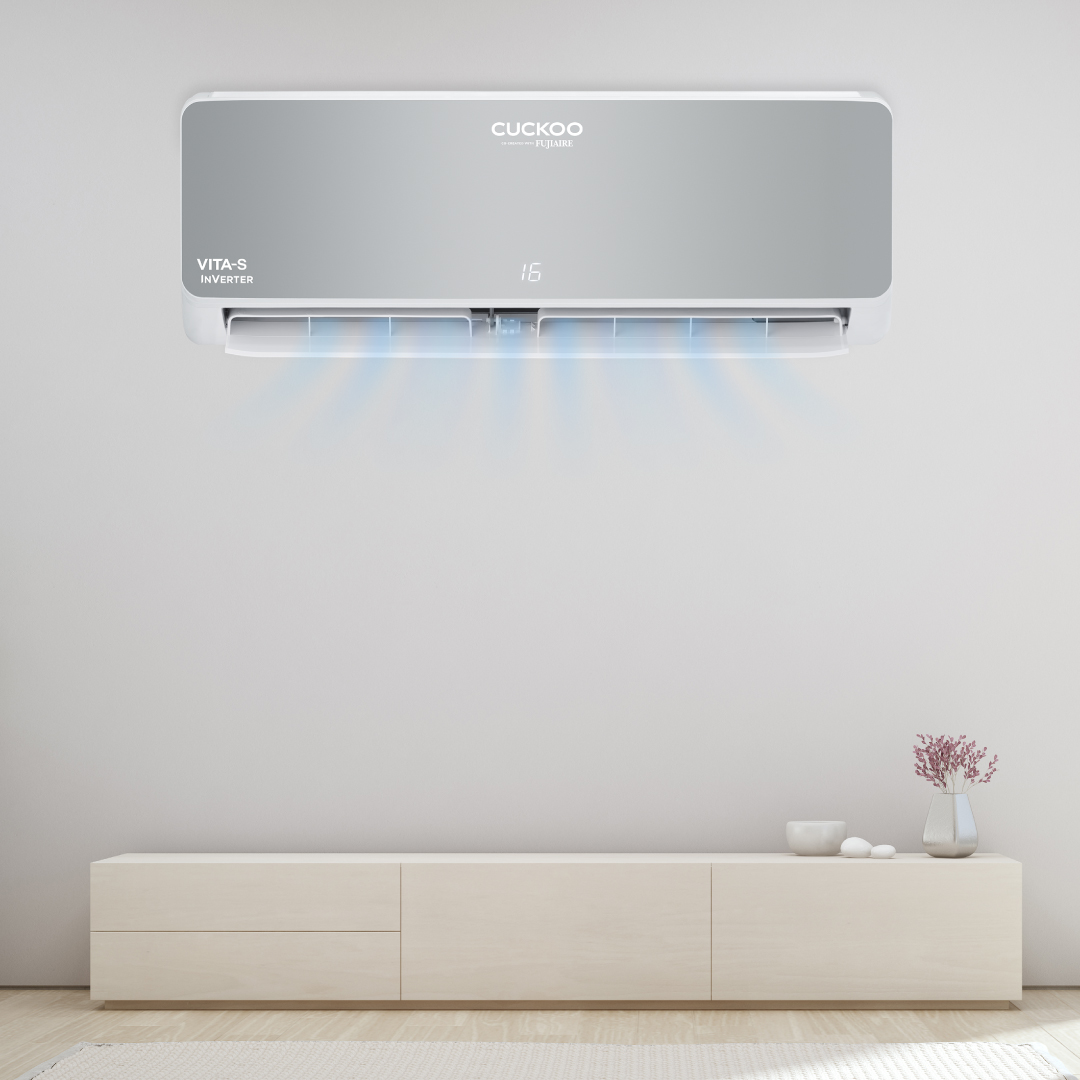When deciding between an inverter air conditioner and a non-inverter air conditioner, homeowners must evaluate much more than the basic cooling function. While both systems are designed to provide relief from Malaysia’s hot and humid climate, the methods they use and the outcomes they deliver differ substantially. These differences have a direct impact on energy bills, comfort, noise levels, and even the long-term durability of the unit.
To make an informed choice, it helps to break the comparison into categories that matter most to homeowners:
1. Fast Cooling
Inverter air conditioners generally provide faster and more consistent cooling because they can operate the compressor at higher speeds initially and then adjust output to maintain the desired temperature. This ensures a stable and comfortable indoor climate without sudden fluctuations.
In contrast, non-inverter units rely on a stop-start mechanism, which often leads to uneven cooling as the temperature drops sharply when the compressor runs at full power and then rises again once it switches off.
For households in Malaysia’s hot and humid climate, where consistent cooling is essential, the inverter model provides a clear advantage. For example, the CUCKOO VITA-S Inverter is engineered with rapid-cooling capability, making it ideal for families who need quick relief from the tropical heat while ensuring consistent comfort throughout the day.
2. Energy Saving
One of the most significant differences lies in energy consumption. Inverter units are engineered to use only as much power as needed, which can reduce electricity usage by 30–50% compared to non-inverter systems.
Non-inverter units, by contrast, consume more power because the compressor must restart at maximum capacity each time cooling is required. For Malaysian households that rely heavily on air conditioning, this can result in substantially higher monthly bills.
The CUCKOO VITA-S Inverter, for instance, integrates energy-saving features that help households cope with rising electricity costs without sacrificing comfort, making it a practical solution for long-term savings.
3. Cost-Saving
Energy efficiency directly translates into lower monthly expenses. Non-inverter air conditioners generally consume more electricity because their compressors must restart at full power repeatedly, which adds up quickly on the utility bill.
Inverter models, by contrast, use energy more intelligently by adjusting to the room’s cooling needs, allowing households to save a noticeable amount each month. Over time, these savings are often enough to offset the higher initial purchase price of an inverter unit, making it a more cost-effective choice in the long run.
For Malaysian families who run their air conditioners for several hours daily, the CUCKOO VITA-S Inverter provides the right balance between comfort and financial efficiency.
4. Durability & Maintenance
From a maintenance perspective, non-inverter models are simpler to service and generally cost less to repair because of their straightforward design. However, the constant start-stop cycle places significant stress on the compressor, which may reduce its overall lifespan. Inverter models, on the other hand, experience less mechanical stress because the compressor runs continuously at variable speeds. This often results in longer durability, although repair costs may be slightly higher if specialised components are required.
The CUCKOO VITA-S Inverter is built with durable components tailored to Malaysia’s demanding climate. To further preserve performance, CUCKOO provides regular servicing every six months through its CUCKOO Wonderklean Service, ensuring consistent reliability and peace of mind for homeowners.
5. Noise Levels
Another important distinction is operating noise. Inverter systems are noticeably quieter because the compressor avoids abrupt power-ups. This makes them particularly suitable for bedrooms, nurseries, or workspaces where peace and quiet are valued.
Non-inverter systems, by contrast, tend to generate more noise each time the compressor restarts, which can be disruptive during sleep or periods of rest.
The CUCKOO VITA-S Inverter offers whisper-quiet operation, making it well-suited for families with young children, shift workers, or anyone who values uninterrupted rest in Malaysia’s hot nights.
6. Home Installation
In terms of installation, non-inverter air conditioners are generally simpler, requiring fewer adjustments to electrical wiring. Inverter units, however, must be installed professionally to handle variable power loads and ensure optimal performance. While this may increase upfront installation costs slightly, the benefits in energy savings and long-term performance far outweigh the difference.
The CUCKOO VITA-S Inverter, supported by CUCKOO’s professional installation and after-sales service, ensures homeowners enjoy reliable, efficient cooling from day one, making it a dependable option for modern households.





















